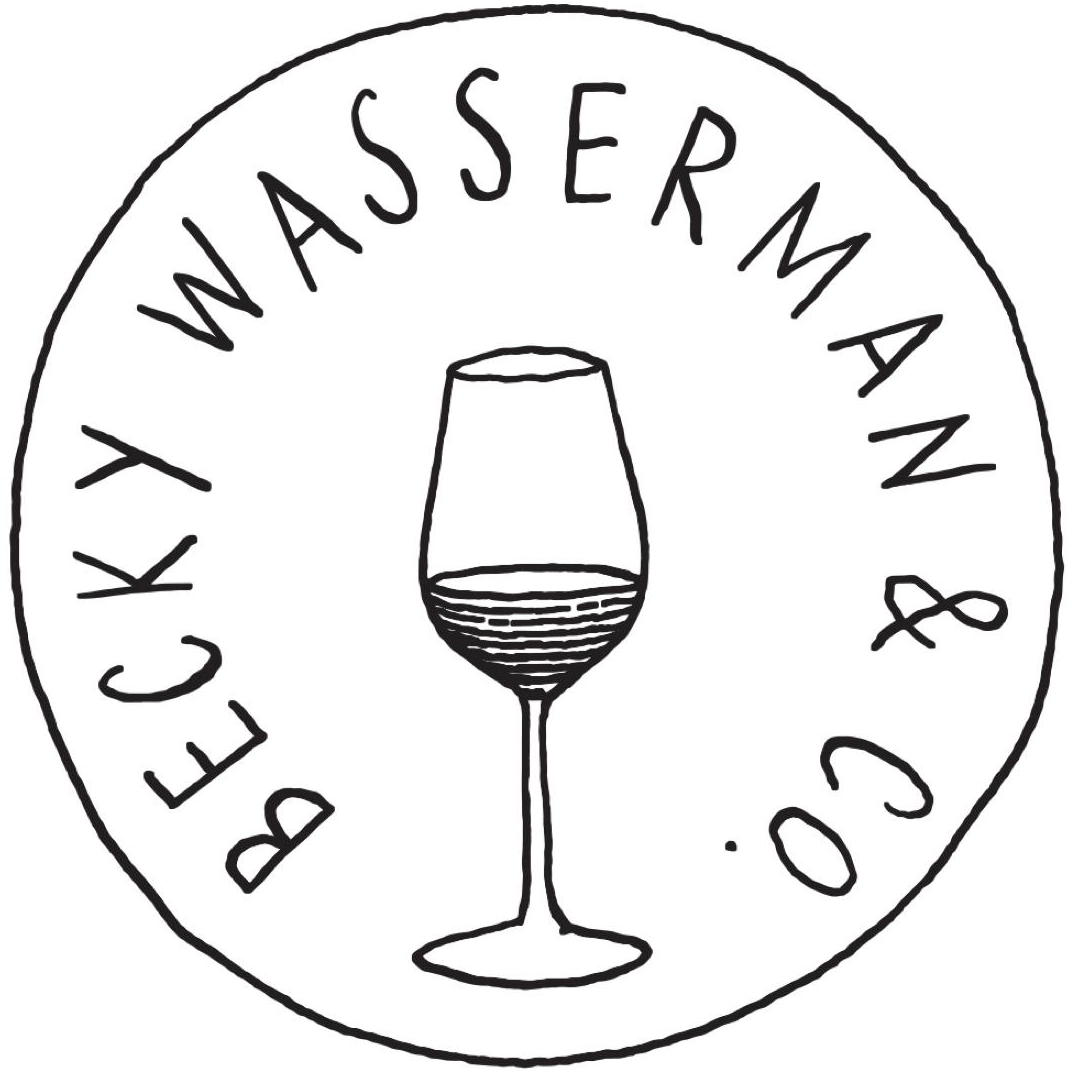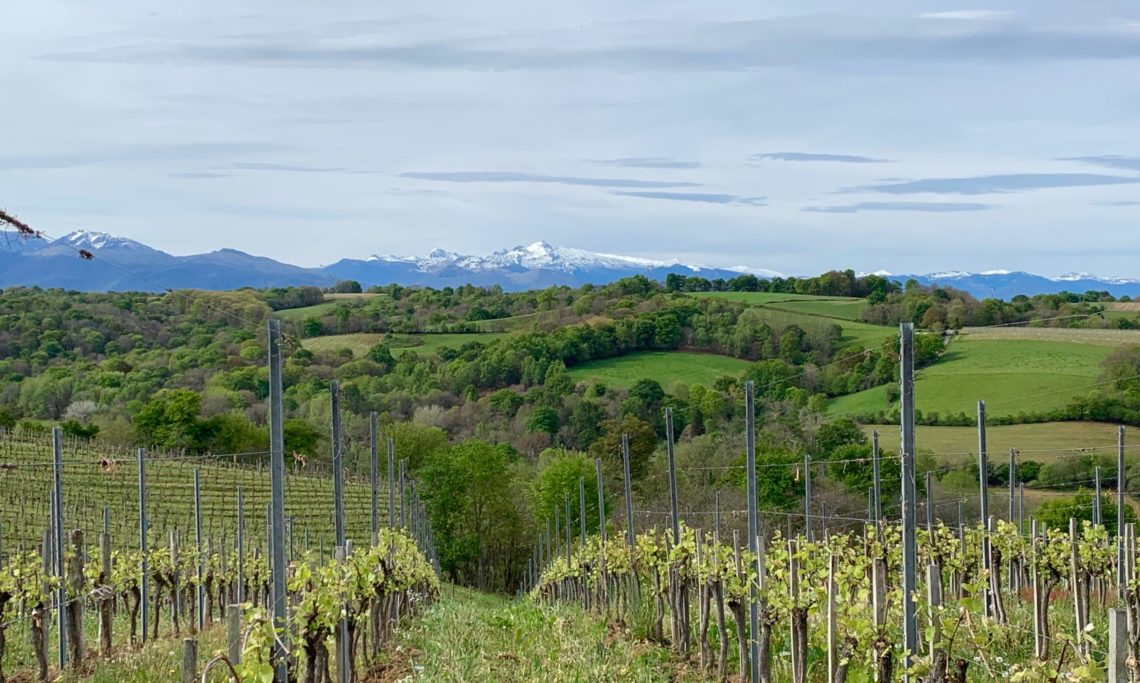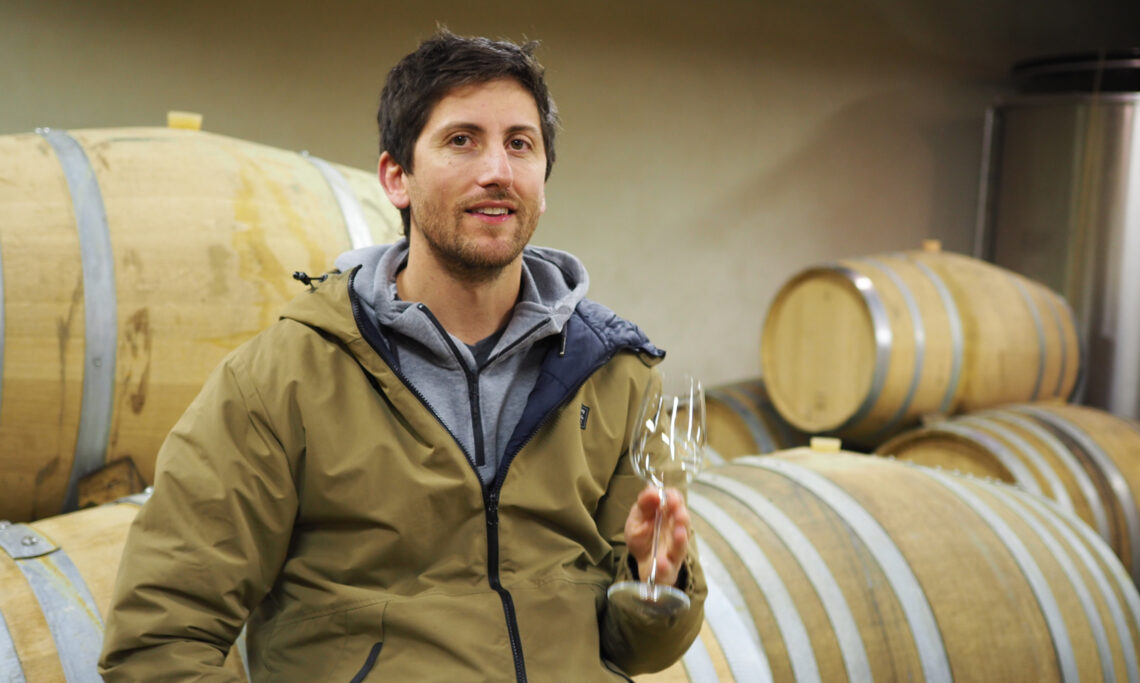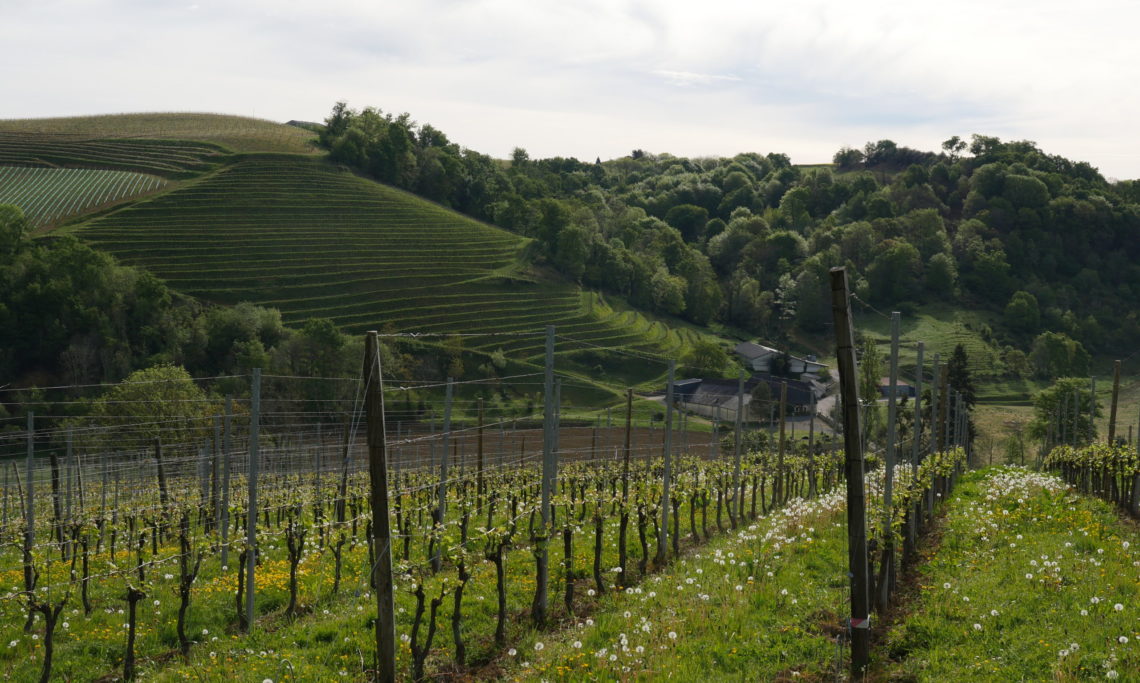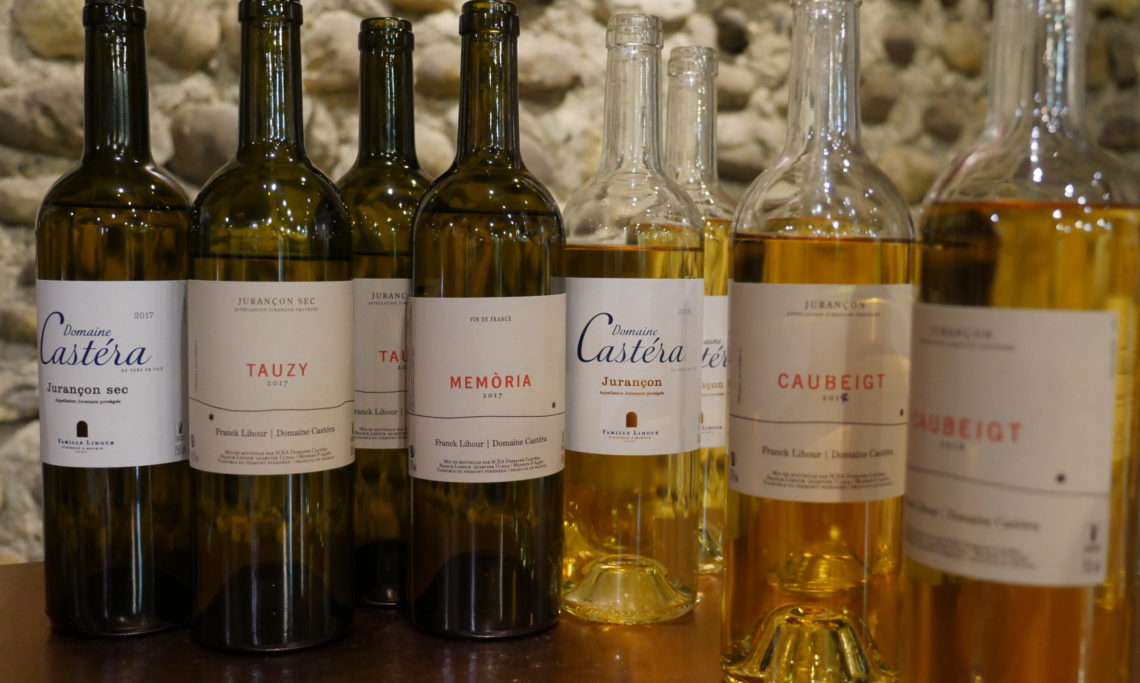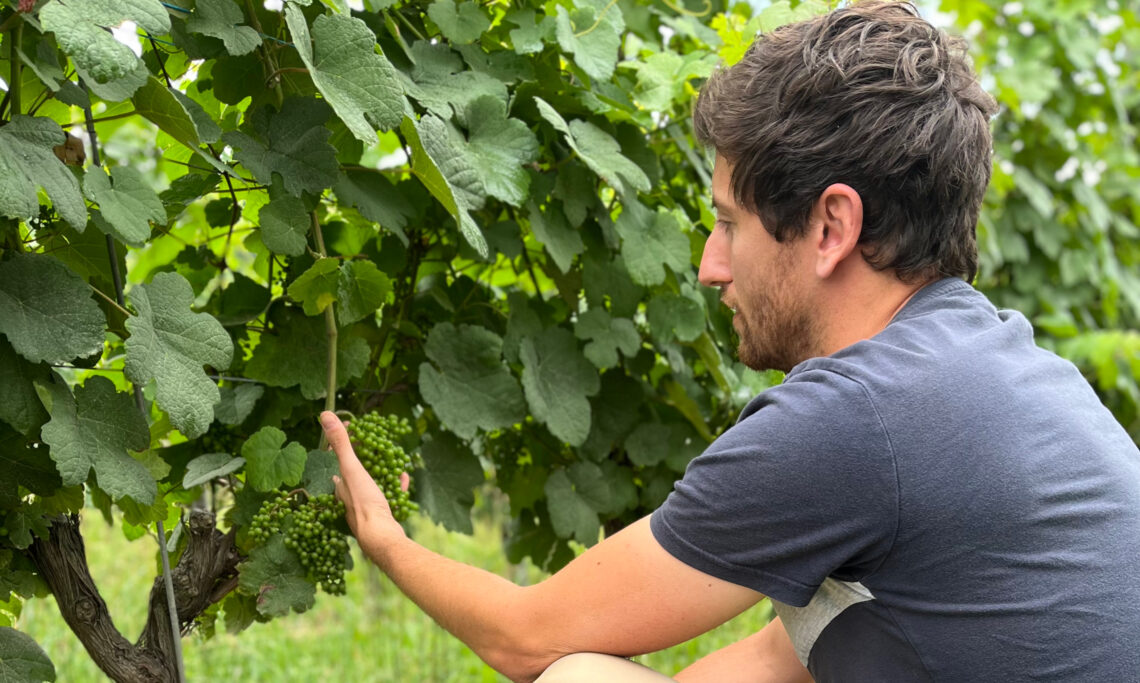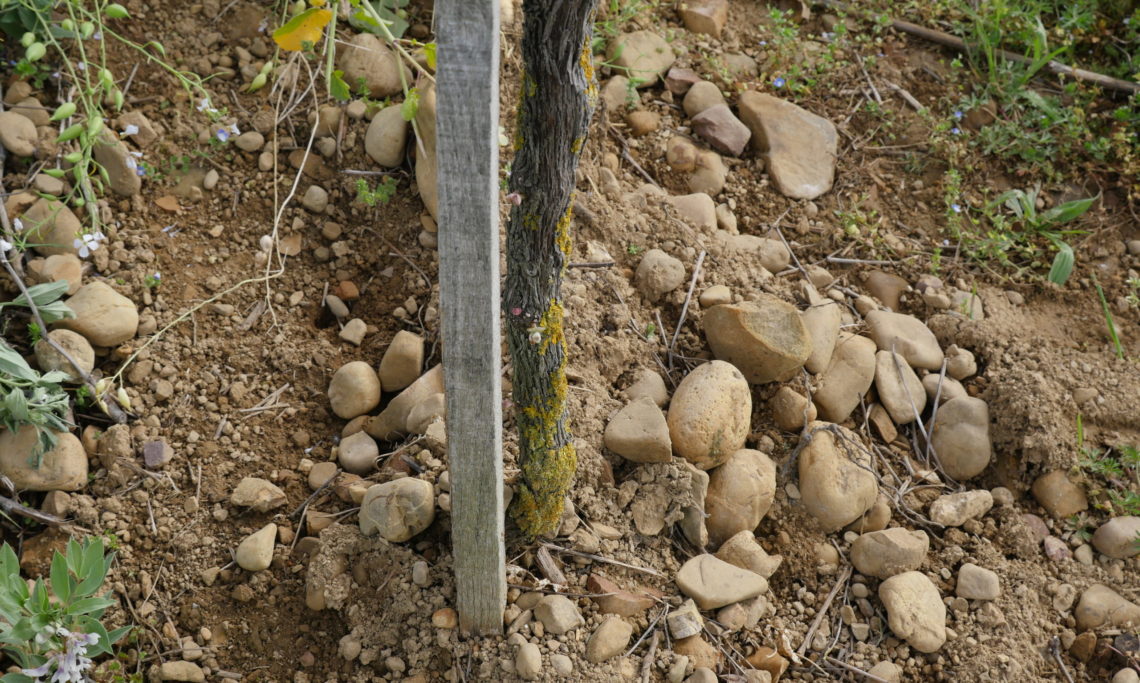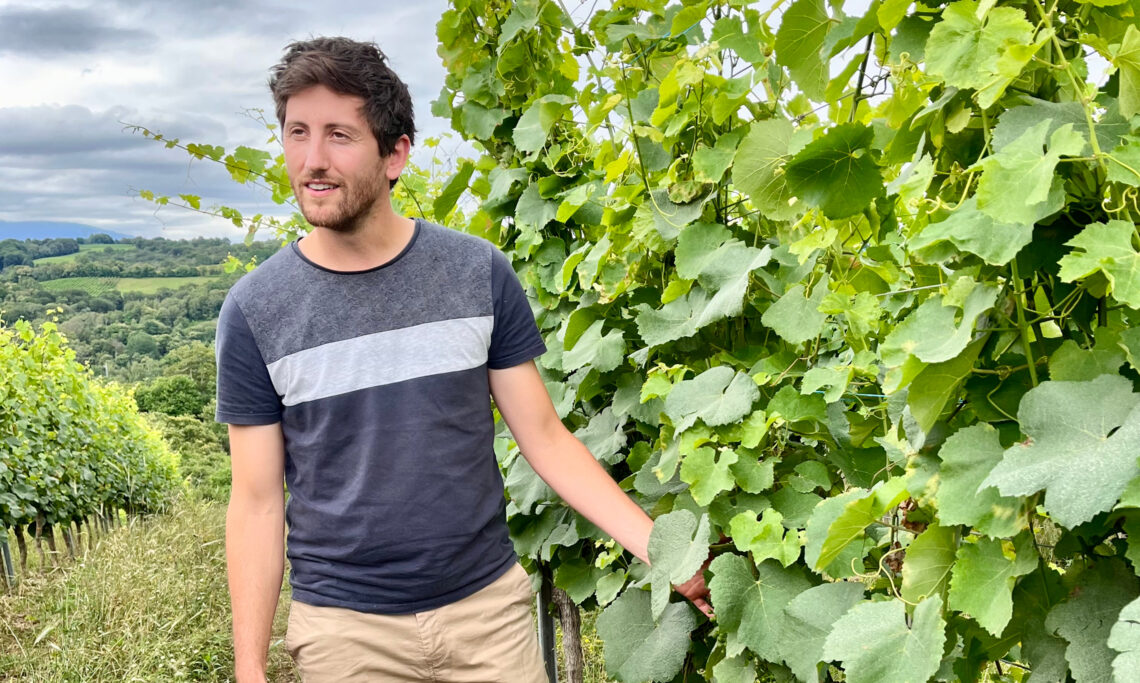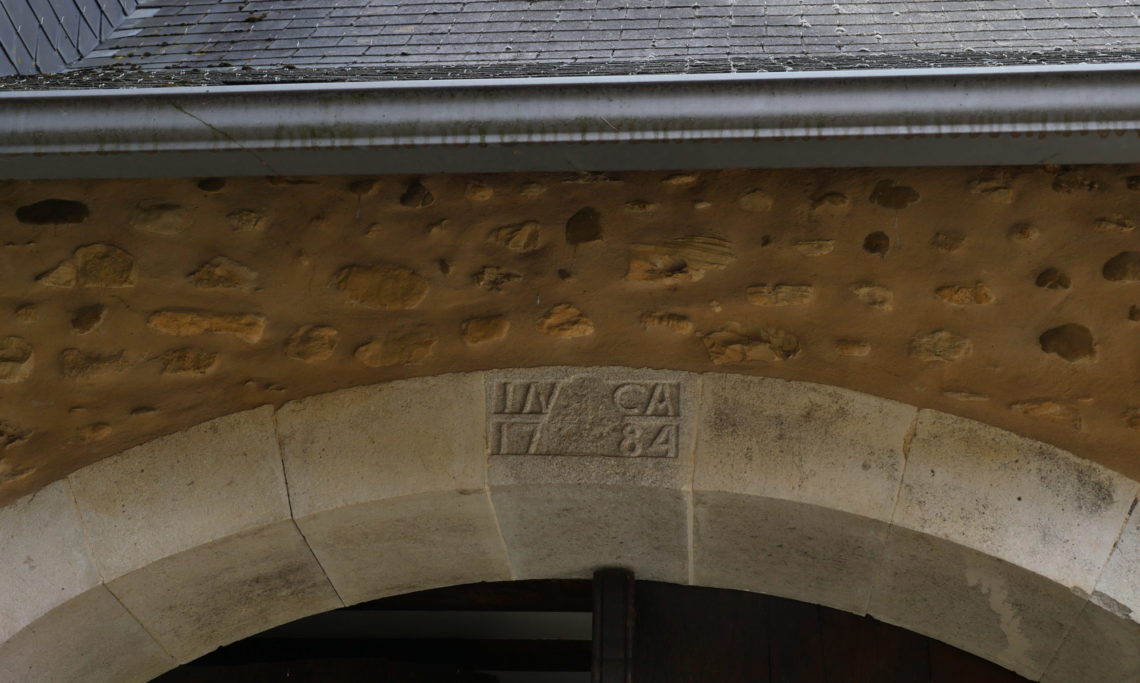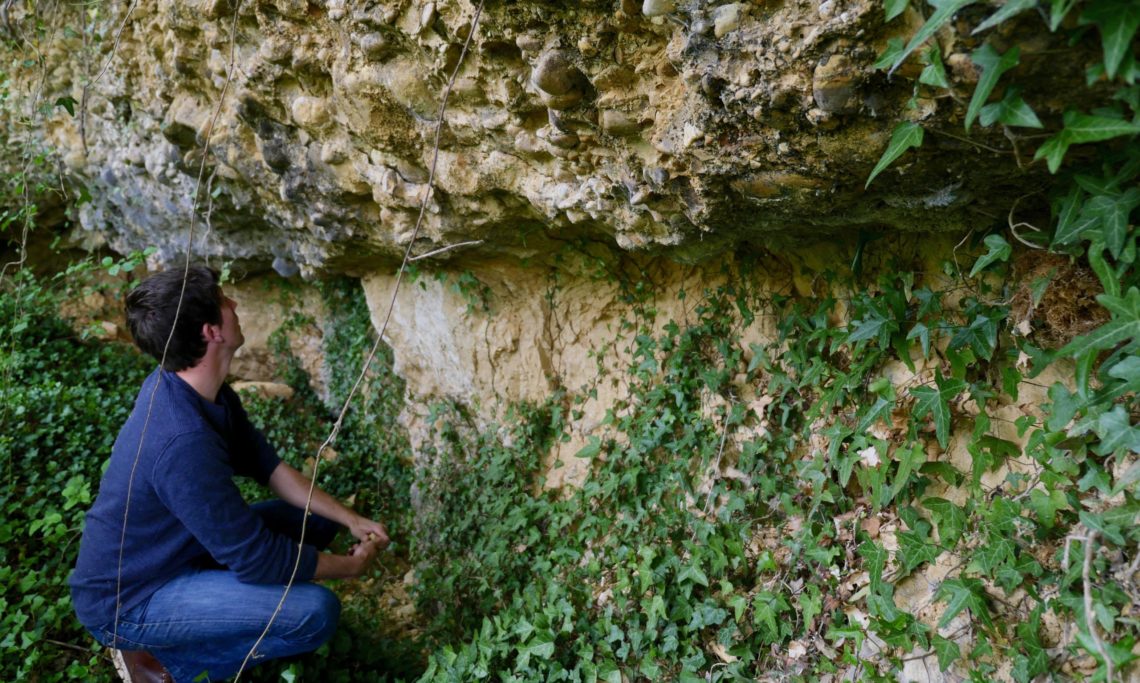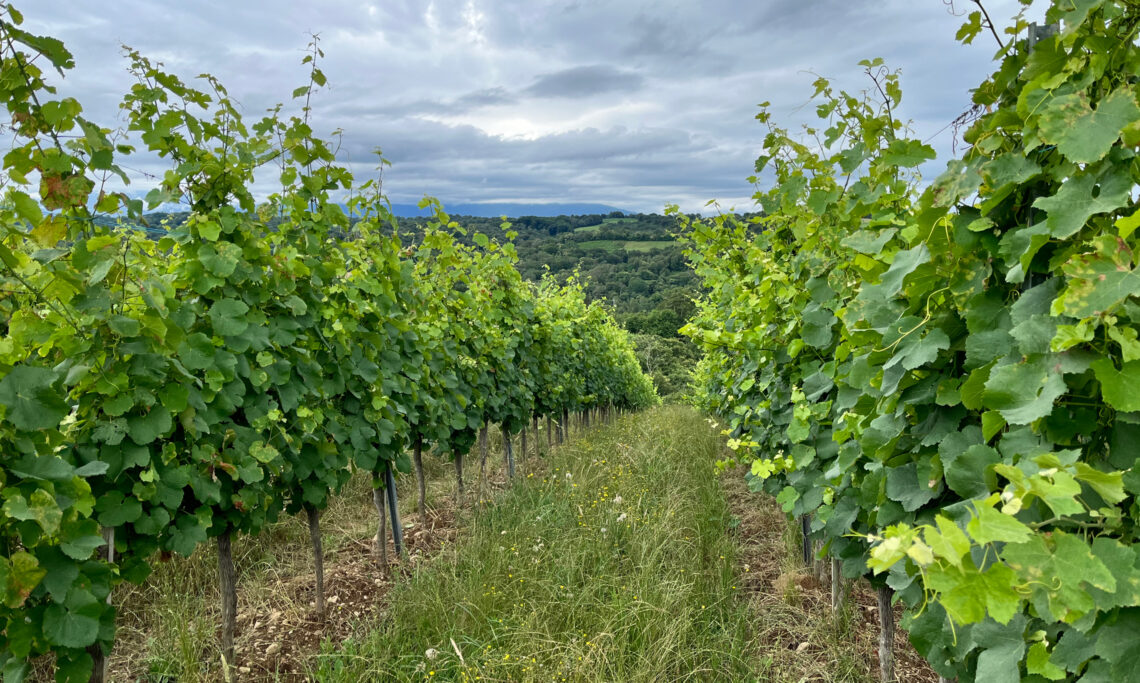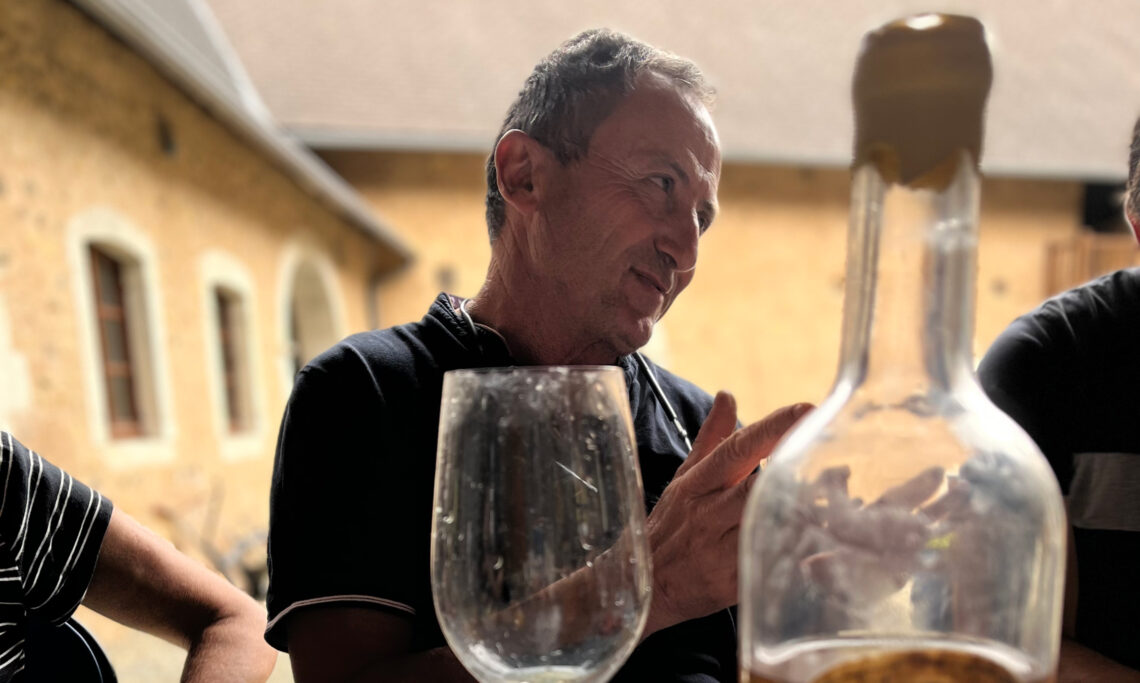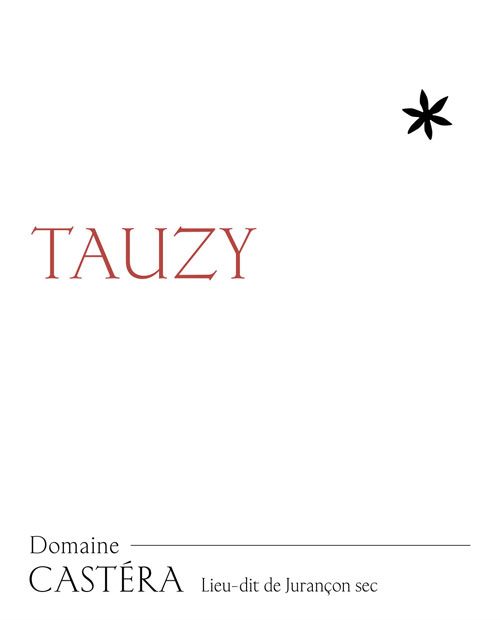Domaine Profile
- Location: Monein, Jurançon, Southwest
- History: Domaine Castéra was purchased in 1895 by the Lihour family. It was devoted to polyculture and cattle until 1995 when Christian Lihour focused on wine production. His son Franck took over in 2014.
- Size: 11.50 ha (28.42 ac)
- Varieties: Petit Manseng (50%), Gros Manseng (40%), Petit Courbu (7%), Camaralet (3%)
- Viticulture: Organic (certified), biodynamic practices
- Winemaking: Pressed with whole clusters. Ambient yeast fermentation without SO2 for dry wines and with 10 ppm for sweet wines. Aged in used demi-muids and barrels, sandstone eggs, and stainless steel tanks. Because of low pH's, malos are rare. No fining, light filtration. Total SO2: 40-60 ppm (dry wines), 100 ppm (sweet wines).
By Vicki Denig and BW&Co, August 2021.
A while back, Pascaline Lepeltier posted on Instagram that if it weren’t for Chenin, her true love would be Manseng. She tagged the post #mansengmansengmanseng.
It’s not hyperbole. Manseng and Chenin are built like siblings, often with dizzying tartness and a phenolic core that sets them apart from other French whites. They excel whether vinified dry or sweet and one of the two Mansengs, Petit, has Savagnin as a parent in common with Chenin.
Jurançon is the only appellation almost solely and brilliantly devoted to Manseng. Its history for great dry whites, in yet a further parallel with Chenin, is contemporary, just like it is in Anjou Noir.
Franck Lihour is a relative newcomer—his first vintage was 2014. But in this short amount of time, he has lifted his family’s estate, Domaine Castera, into the pinnacle of Jurançon producers. His two single-vineyard bottlings, Tauzy (dry) and Caubeigt (off-dry), are two of the most energizing wines we represent.
Biography
Domaine Castera can be traced to the 18th century. It was purchased in 1895 by Franck Lihour’s great-great-grandfather. It was a typical farm, with a couple hectares of vines, a few hectares devoted to other crops, and a few hectares of pastures for grazing cattle. Franck’s grandfather bottled some wine but mostly sold it in barrels locally, to bars and restaurants in Pau. His father Christian, who took over in 1995, was the first generation to prioritize vineyards. He grew them to 11 hectares and sold all his wine in bottle, though the family kept cows until 2019.
Franck was born in 1986. He was baptized with a drop of Jurançon on his lips, as were his father and grandfather before him and, legend has it, King Henri IV.
“I saw my parents working in the vineyards my whole life, and I knew I wanted to make wine like them,” Franck recalls. He studied viticulture and oenology in Bordeaux, apprenticed at a small domaine in Corsica, and at Château Suduiraut in Sauternes. However, he was not passionate about the technical aspect until he worked in a wine shop in Pau. “There, I tasted thousands of wines, wines with a lot of personality, and then it clicked—I’d found the style of wine that I wanted to make,” says Franck, highlighting that tastings, meeting new winemakers, and hanging around like-minded aspiring vignerons helped shape his vision for the future of his family’s estate.
After the wine shop, Franck worked in South Africa, California, Bordeaux, Burgundy, and in Corsica again, for Clos Venturi, but also for a center researching varieties indigenous to the island or with a long history there. In 2014, at the age of 28, he was ready to return to the family domaine.
Every vintage, Christian made three wines, one dry and two sweet. Franck had always been a fan of his dad’s less prestigious sweet wine. “My goal for that wine was simply to learn how to make it as well as my father did,” Franck says. “But I did not like the other two wines. The commercial yeast for the dry white produced an aromatic wine with boatloads of grapefruit and pineapple—I hate that kind of wine. And the Petit Manseng, with its aging in new barrels, tasted too ambitious.”
Franck wanted to proceed respectfully and cautiously but he still told his father, “I am going to make two wines on my own, and you can’t say anything about them.” They were Tauzy and Caubeigt, made from single vineyards, vinified with ambient yeasts, and aged in used barrels. “Why I wanted to use oak but not have the taste of it was a mystery for my father,” he recalls. But Christian liked the results and grew to trust his son. However, when Franck insisted on adding no sulfur during the vinification of the dry wines, as well as not using any CO2 at all, Christian said, “That’s it! I’m staying in the vineyards!”
Franck farms organically and biodynamically and has replanted some of the region’s mostly abandoned native varieties. He vinifies every parcel separately with very moderate additions of sulfur and ages in mostly used barrels or demi-muids, and sandstone eggs. His wines are spectacular.
A fascinating footnote in Franck’s resume is Clos Joliette, Jurançon’s mythical domaine. Some vintages of Joliette count among the most moving French whites we have tasted and the Marquis de Lur Saluces considered the sweet version of Joliette as the only wine that could rival Yquem.
The recent history of Joliette would be worthy of a mini-series with a plot twist involving the sudden appearance of an unsuspected heir. The ensuing family feud led Franck to oversee Joliette and make the wine for three vintages, 2018 to 2020.
Farming
Franck began transitioning the vineyards to organic upon his return in 2014. “Jurançon is not the easiest place to farm organically,” he says. “With all the rain we have, grasses grow very fast and very thick, and disease pressure is strong. Basically, if you fall behind you’re dead!” The transition also required investing in new equipment, and given the value of Jurançon, this took time. The domaine will be certified organic as of 2021.
The use of a wide array of plants is an integral part of the domaine’s homeopathic and phytosanitary remedies. Franck has also been using non-plant-based biodynamic preparations. Ultimately, he will also apply for biodynamic certification.
Tillage is limited to under the row four times a year. Plants in the middle of the row are mowed once a year, and destroyed in July and August with disks that do not turn the soil over. Carefully selected cover crops are sown in September.
The next vineyard plantation (2022) will be with a massal selection.
The majority (90%) of Domaine Castéra’s vines are planted to Petit Manseng and Gros Manseng.
Manseng, under the spelling Mansenc, was first documented in 1220. In 1538, Petit and Gros Manseng were both mentioned in a vineyard sale. Genetic research has revealed that Petit Manseng is a parent of Savagnin.
Despite the name and their ancient history, Franck explains that the two Mansengs couldn’t be any more different, to the point he doubts whether they are truly part of the same family: “When you look at Gros and Petit Manseng, it’s not like looking at Pinot Noir and Chardonnay that are so obviously parents. The leaves of Gros Manseng are large, folded like a book, and vivid green. It grows upright and produces largish, compact bunches. Petit Manseng doesn’t grow upright. Its leaves are small and a duller green. The bunches are smaller and aerated. It has higher acidity and sugar levels,” he explains.
While Petit Manseng and Gros Manseng dominate, Franck’s deep passion is found in the local varieties of Petit Courbu and Camaralet.
“These two grapes mostly disappeared during the generation of my grandfather and father,” says Franck. “Petit Courbu is easy to grow but it is very susceptible to rot and you have to pick it very early, two to three weeks before Manseng. The problem was that the earlier generations were usually picking corn then. When they finally could get to the Courbu, it was pretty much gone.”
Why bother with it then?
“For the patrimony of the region,” Franck answers. “It was here. And now that I only have vineyards to worry about, I can pick it at the right time. And though it doesn’t have the concentration of the Mansengs, it is very elegant, with a lot of finesse and plenty of acidity.”
Franck also planted the family’s Camaralet, despite it being a rather labor-intensive variety. “Our first vintage was 2019. We blended it into the dry white. It reminds me of Roussanne with its bitterness. But the vines are still too young to really tell.”
Winemaking
Domaine Castera has three terroirs in production. (A fourth is to be planted in 2022.) Franck has subdivided these terroirs into 15 sub-terroirs according to vine age, altitude, and variety. The pillar of his winemaking is to vinify these sub-terroirs separately. Furthermore, the sub-terroirs are devoted either to dry or to sweet wines, never both. To manage this, and to achieve greater precision in his picking times, Franck has bought a second press.
All grapes are hand-harvested.
Dry Whites
Great dry whites in Jurançon are somewhat of a recent phenomenon.
“The vineyards used to be planted at a density of 2500 vines/ha,” says Franck. “There were a lot of bunches per vine and huge differences in maturity levels. Grapes were picked in tries (multiple harvests in the same vineyard), and at the beginning of harvest, they picked greener grapes to make dry wines. But with the very low pH’s and high malic acidities we have, the greenness exacerbated the phenolic character of our varieties. Sometimes the wines were deacidified with chemistry. The minimum legal vine density was changed to 4000 vines per hectare in the early 2000s. (It will be 4,400 at Castera moving forward). So maturity is more homogenous and we have fully ripe grapes to make dry wines.”
Whole clusters are gently pressed for 3 to 4 hours, and with the second press he has just purchased, Franck plans to press even longer. No sulfur is added on the press and the juice is allowed to brown heavily. Pressing is modelled on Champagne with a cuvée and tailles. The tailles are vinified separately, with a lot more oxygenation to precipitate phenolics. They are later blended back in.
Fermentations begin in stainless steel tanks with ambient yeast and no sulfur but with pied de cuves. Approximately half of each cuvée is then racked into mostly used barrels, demi-muids and sandstone eggs to finish fermenting and age.
Bâtonnage is only used when it is necessary to activate fermentation. With very low pH’s combined with late picking and its resulting cold temperatures, malolactic fermentations are exceptional and do not require blocking.
The first addition of sulfur is in spring or later—10 to 20 ppm. The wines are lightly filtered, unfined, and bottled with a total of 40 to 60 ppm sulfur.
Sweet Whites
Specific terroirs are chosen to make sweet wines which are not obtained with botrytis but passerillage (letting the grapes hang on the vine until they desiccate). However, this does not mean a much later harvest, since the selected terroirs tend to ripen early.
Vinification is the same as for dry whites, except for the addition of 10ppm sulfur at the press to avoid volatile acidity. There is also more sulfur at bottling, a total of 100ppm.
Jurançon
Jurançon is a small wine-producing appellation in the southwest of France, 100 km east of the Atlantic Ocean and 100 km north of the Pyrenees, both of which greatly influence the area’s overall climate, which is oceanic with a mountain influence, humid, and warm.
Humidity is noteworthy. Rainclouds travelling from the Atlantic are blocked from going south by the mountains. Consequently, Jurançon has a very high annual rainfall of 1200 mm (Bordeaux’s average is 800 mm).
Harvest is late and rarely starts before the end of September and goes into late October or early November.
Vineyards cover approximately 1300 hectares but they are very scattered, as the region remains devoted to polyculture. Most of Jurançon’s wine is produced by farmers who own less than two hectares of vines and who sell their grapes to cooperatives.
The vineyards are planted on the generally steep and south to east facing slopes of small valleys at an altitude of 200 to 400 meters—at Castera, between 300 and 350 meters.
There are three main terroir zones in Jurançon.
Castera is in the northeast of the appellation where the bedrock consists of a deep bed (up to 300m) of Poudingue de Jurançon.
Poudingue is derived from the English word pudding. The rock was named because it looks somewhat like a fruit pudding. It is a conglomerate containing at least 50% alluvial gravels and cobbles (the fruit) loosely cemented together by limestone (the batter). The gravels and cobbles are rocks that were eroded from the Pyrenees by glaciers, then transported by torrents and rivers. The majority are limestone, 10 to 40cm in diameter, though there are also smaller silicate gravels.
The soils are sandy or silty clays, with many gravels, some of which are iron-rich.
